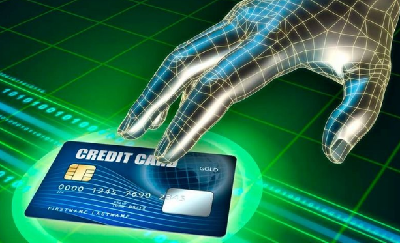A report has been issued warning those who own online business systems. The report said that the fraudsters have found a new way of creating fake accounts using user’s ID numbers and photos, especially selfies.
The fraudsters are no longer interested in password since they have found a way to get access the target’s ID at the authority database. Using the IDs and the photos, they are able to impersonate the online business systems account owners.
“Of all the biometric fraud attempts caught in the first half of 2022, 48 percent were cases where an ID was valid but the face did not match the ID owner.” The report noted.
The photos ‘cheapfakes’ used by this fraudsters are normally retrieved from photos uploaded from a device or printed photos.
“Occasionally, these are benign mistakes where the user didn’t follow or understand the instructions and instead presented a photo from their device. The majority of the time, fraudsters obtain social media images or videos of the people they wish to impersonate,” the report added.
The other common technique the fraudsters use is the synthetic identity. In this case, the fraudster us a combination of fake and legitimate identity. For example, legitimate ID and a fake photo. Now that part of the details are true, it takes long for them to be detected.
The fraudsters of online business systems could also use images produced by computers using specific algorithms. These algorithms are capable of generating images resembling the original ones.
Read more:
“Random face generators are an emerging type of synthetic fraud whereby fraudsters use widely available computer vision algorithms to create faces that look like real people but are entirely fictitious. Others are replacing existing user images or videos with others which look alike, and making it seem like the target did or said something that they, in fact, did not,” the report noted.
Most of these online crimes rose after the hit of COVID-19 pandemic in 2020. There normally aim at valuable accounts where a single hit can make them rich.
“Generally, fraudsters put in effort where the rewards are highest. A fraudster who beats the system just one time can make off with high value goods.” The report noted.
To counteract the fraudster, the report outlined that the most appropriate solution is to use biometric recognition. This will lock out the fraudsters completely.
“Biometric solutions are the way forward not only for security but also for user convenience. The rise of selfies in the mid 2010’s and the subsequent use of facial biometrics for device access has made consumers more familiar with facial recognition as a medium. Face verification is more secure and less error prone than manually entering passwords or text,” notes the report.
Read more:
-
Kenya High Court Stops HELB From Imposing High Fines And Interests
-
Over 300 Classified Documents In Trump’s Mar-A-Lago Home Estate Confiscated
GOT a story? RING Kerosi Dotcom on EMAIL info@kerosi.com


